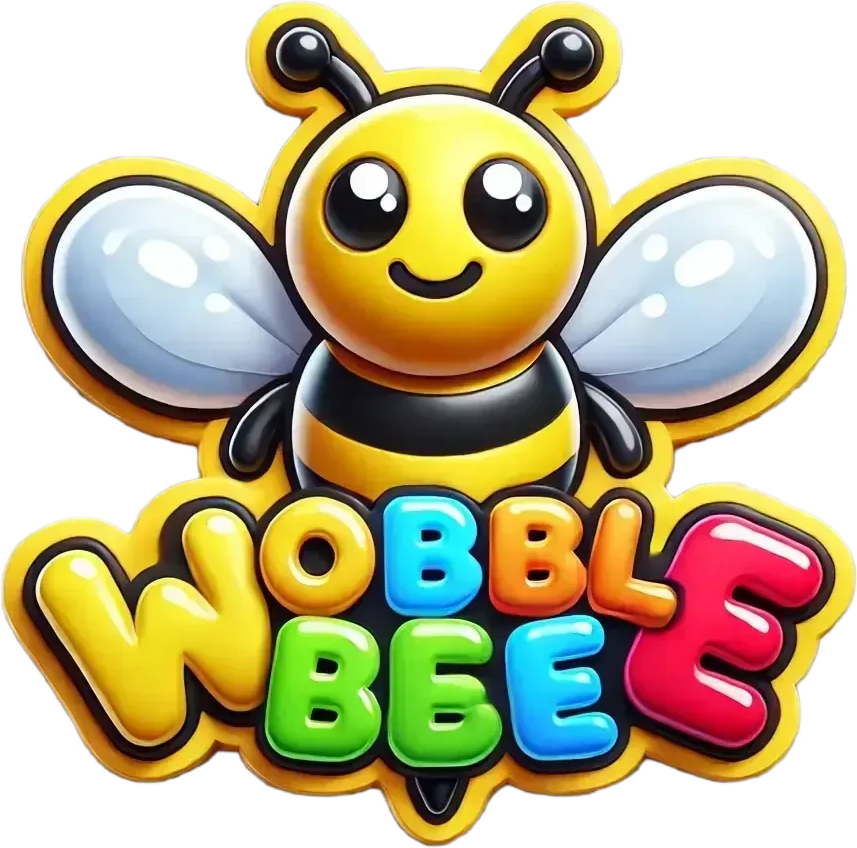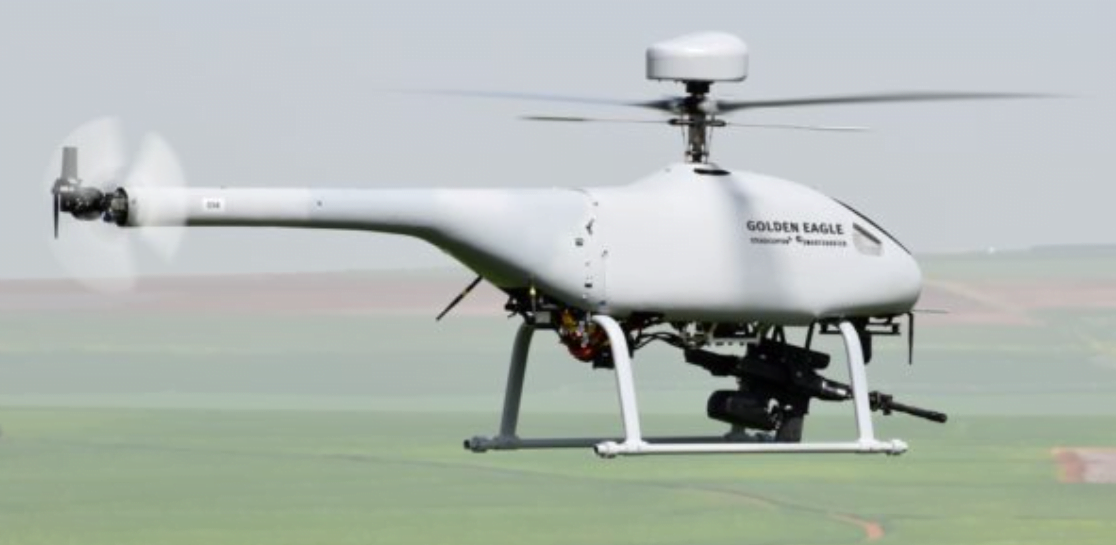The concept of unmanned aerial vehicles (UAVs) has been around for decades, but it is only in recent years that we have seen a significant increase in their use. One type of UAV that has become increasingly popular is the helicopter drone. In this guide, we will explore what helicopter drones are, how they work, and their various applications.
What is a Helicopter Drone?
A helicopter drone is a type of UAV that uses a rotor system to stay in the air. Unlike fixed-wing drones, which rely on forward motion to maintain lift, helicopter drones can hover in one place and move in any direction. They are controlled remotely by a human operator or can be programmed to fly autonomously.
How do Helicopter Drones Work?
Helicopter drones work by using a rotor system to generate lift. The rotor consists of several blades that rotate around a central hub. As the blades spin, they create lift, which allows the drone to fly. By changing the speed and angle of the rotor blades, the operator can control the direction and altitude of the drone.
Types of Helicopter Drones
There are several types of helicopter drones, each with its own set of features and applications. Some of the most common types include:
Single-Rotor Drones
Single-rotor drones have a large main rotor and a smaller tail rotor that keeps the drone stable. They are capable of carrying heavy payloads and are often used for tasks such as search and rescue, aerial photography, and surveying.
Multi-Rotor Drones
Multi-rotor drones have multiple rotors and are typically smaller and more maneuverable than single-rotor drones. They are often used for recreational purposes, such as racing or aerial photography, as well as for commercial applications such as inspections and monitoring.
Hybrid Drones
Hybrid drones combine features of both single-rotor and multi-rotor drones. They typically have two rotors and are capable of vertical takeoff and landing, as well as forward flight. They are often used for applications such as cargo transportation and military operations.
Applications of Helicopter Drones
Helicopter drones have a wide range of applications across several industries. Some of the most common applications include:
Aerial Photography and Videography
Helicopter drones are often used for aerial photography and videography, as they provide a unique perspective that is difficult to achieve with traditional cameras. They can be used for everything from real estate photography to film and television production.
Search and Rescue
Helicopter drones are often used for search and rescue operations, as they can cover large areas quickly and efficiently. They can be equipped with thermal imaging cameras and other sensors to help locate missing persons or identify hazards.
Agriculture
Helicopter drones are increasingly being used in agriculture, as they can be used to monitor crops and livestock, assess soil health, and even spray crops with pesticides or fertilizers.
Inspection and Monitoring
Helicopter drones are often used for inspection and monitoring tasks, such as inspecting power lines, pipelines, and other infrastructure. They can provide a safe and efficient way to inspect hard-to-reach areas without the need for scaffolding or other equipment.
Future of Helicopter Drones
The future of helicopter drones looks bright, as new technologies continue to emerge that will make them more capable and versatile. Some of the most promising developments include:
Longer Flight Times
New battery technologies and more efficient motors are helping to increase the flight time of helicopter drones, which will allow them to cover larger areas and complete more complex tasks.
Artificial Intelligence
Advances in artificial intelligence are making it possible to program helicopter drones to perform complex tasks autonomously, such as inspecting infrastructure or performing search and rescue
tasks without human intervention.
Advanced Sensors and Cameras
New sensors and cameras are being developed that will allow helicopter drones to gather more detailed information about their surroundings. For example, thermal imaging cameras can be used to detect heat signatures, while LiDAR sensors can be used to create detailed 3D maps.
Helicopter UAVs, or unmanned aerial vehicles, are becoming increasingly popular in a variety of industries, including agriculture, surveying, and filmmaking. They offer a range of benefits over traditional manned aircraft, including lower cost, greater flexibility, and reduced risk to human life. In this article, we will provide an overview of helicopter UAVs and their uses.
Helicopter UAV Manufacturers
There are many manufacturers of helicopter UAVs, including Helicopter UAV. This company produces a range of UAVs for a variety of industries, including agriculture, surveying, and mapping. Their UAVs are designed to be durable and easy to use, with a range of features such as advanced camera systems and GPS navigation.
Uses of Helicopter UAVs
Helicopter UAVs have a wide range of uses in various industries. In agriculture, they can be used to monitor crop health and growth, as well as to apply fertilizers and pesticides in a precise and targeted manner. In surveying and mapping, helicopter UAVs can be used to create high-resolution maps and 3D models of terrain and buildings. In filmmaking, they can be used to capture stunning aerial footage for movies, TV shows, and commercials.
Advantages of Helicopter UAVs
Helicopter UAVs offer several advantages over traditional manned aircraft. They are typically smaller and more agile, allowing them to navigate tight spaces and difficult terrain with greater ease. They are also quieter and produce fewer emissions, making them more environmentally friendly. Additionally, they can be operated remotely, reducing the risk of injury or death to human pilots.
Toy Helicopter Drones: Models and Features
| Model | Size | Flight Time | Camera | Remote Control Distance | Special Features |
|---|---|---|---|---|---|
| Syma S107G | Small | 5-8 minutes | No | 10 meters | 3-channel control, gyro stabilization |
| Holy Stone HS170 Predator | Small | 6-8 minutes | No | 50 meters | Headless mode, 3-speed modes |
| Potensic T18 | Medium | 10-12 minutes | 1080p HD | 300 meters | GPS positioning, follow me mode |
| JJRC H68 | Medium | 20 minutes | 720p HD | 100 meters | Altitude hold, one-key return |
| Blade 230S V2 | Large | 6-8 minutes | No | 100 meters | Collective pitch rotor system, SAFE technology |
Toy helicopter drones are miniature versions of the real thing, designed for children and adults who want to experience the fun of flying without the risk or expense of piloting a full-sized helicopter. These toy drones come in a variety of models and features, offering a range of options for different age groups and skill levels. In this article, we’ll take a look at some popular toy helicopter drone models and their features.
- Syma S107/S107G RC Helicopter
The Syma S107/S107G is a popular toy helicopter drone for kids and beginners. It features a compact design, durable construction, and easy-to-use controls. The S107G has a gyro stabilization system that helps to stabilize the helicopter in flight, making it easier to control. It also features LED lights that make it fun to fly in low light conditions.
- Holy Stone HS170 Predator Mini RC Helicopter
The Holy Stone HS170 Predator is another great option for kids and beginners. It features a sleek design, durable construction, and responsive controls. The HS170 has a 6-axis gyro stabilization system that helps to stabilize the helicopter in flight, making it easier to control. It also has a headless mode feature, which allows the user to fly the helicopter in any direction without worrying about the orientation.
- Haktoys HAK303 Mini RC Helicopter
The Haktoys HAK303 is a small and lightweight toy helicopter drone that is perfect for indoor flying. It features a simple and intuitive design, making it easy to fly for kids and beginners. The HAK303 has a gyro stabilization system that helps to stabilize the helicopter in flight, making it easier to control. It also has a bright LED light that makes it easy to see in low light conditions.
- JJRC H36 Mini RC Helicopter
The JJRC H36 is a popular toy helicopter drone for kids and adults. It features a compact and durable design, and easy-to-use controls. The H36 has a 6-axis gyro stabilization system that helps to stabilize the helicopter in flight, making it easier to control. It also has a headless mode feature, which allows the user to fly the helicopter in any direction without worrying about the orientation.
- Cheerwing S107/S107G Phantom RC Helicopter
The Cheerwing S107/S107G is a classic toy helicopter drone that has been around for years. It features a compact and durable design, and easy-to-use controls. The S107G has a gyro stabilization system that helps to stabilize the helicopter in flight, making it easier to control. It also features LED lights that make it fun to fly in low light conditions.
Conclusion
Helicopter drones are a versatile and powerful tool that can be used for a wide range of applications, from search and rescue to aerial photography. As technology continues to improve, we can expect to see even more advanced helicopter drones that are capable of performing even more complex tasks.
FAQs
- Are helicopter drones difficult to operate? No, helicopter drones can be relatively easy to operate with some training and practice.
- How long can a helicopter drone fly? The flight time of a helicopter drone varies depending on the model, but most can fly for between 20 and 30 minutes on a single battery charge.
- Do helicopter drones require a lot of maintenance? Like any piece of equipment, helicopter drones do require some maintenance to keep them in good working order. However, routine maintenance is generally simple and straightforward.
- Are helicopter drones legal to fly? In most countries, helicopter drones are legal to fly as long as they are operated within the regulations and guidelines set by the local aviation authority.
- Can helicopter drones be used for military applications? Yes, helicopter drones are used by militaries around the world for a variety of purposes, including reconnaissance, surveillance, and even targeted strikes.

